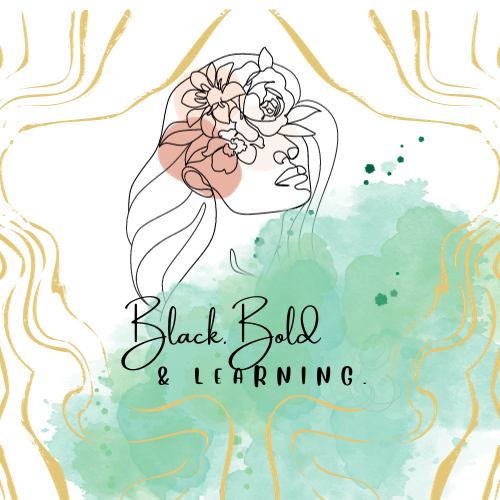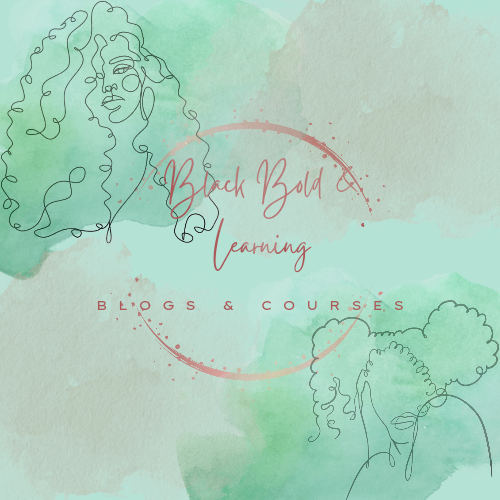Breaking Free: Practical Strategies for Recovering from Anxious Attachment Styles Pt.2
Building on our previous explorations of attachment styles in relationships, breadcrumbing, and their impact on family and friendships, today's focus shifts to actionable tools for healing. Self-awareness is the key, so I encourage you to explore through writing, body awareness exercises, emotional regulation techniques, and simply identifying your emotions when faced with challenges. Learning to meditate and sit with your feelings are also fundamental steps in building the foundation for secure attachment. I hope this series continues to be a valuable resource as you embark on this empowering journey.
Why Self-Awareness is the Bedrock of Healing Anxious Attachment Styles and Emotional Pain
Anxious attachment and its resulting emotional pain can feel like a tangled web, holding us back from fulfilling connections and inner peace. But untangling this mess, and ultimately healing, starts with a solid foundation: self-awareness.
Just like building a house doesn't begin with hammering nails, healing begins with getting in touch with our mind, body, and spirit. This introspective work, including meditation and emotional identification, forms the cornerstone upon which the actual healing processes can be built.
Think of self-awareness as the architect drawing up the blueprints.
It's understanding our unique patterns, triggers, and responses. What might seem obvious to me as a coach might be an entirely unfamiliar landscape for someone else navigating their own emotional terrain. In the context of healing anxious attachment styles, this level of self-discovery is truly game-changing.
But knowledge alone isn't enough.
Devouring podcasts, audiobooks, and YouTube videos is like gathering building materials – essential, but not sufficient. Why? Because many of my clients fall into the trap of intellectualization, a defense mechanism that disguises true emotional processing with a layer of facts and figures. It's a way to avoid vulnerability by attaching labels and explanations to feelings without ever truly feeling them. In other words, it's a detour on the road to healing.
So, how do we move beyond intellectualization and truly embrace self-awareness?
It's about going beyond simply knowing to feeling and observing. It's about sitting with discomfort, tuning into bodily sensations, and acknowledging emotions without judgment. This vulnerability, this messy, raw exploration, is where the real healing magic happens.
Remember, self-awareness isn't just the first step; it's the continuous foundation upon which the whole healing journey rests. So, dive deep, explore your inner world, and let go of the need to intellectualize. It's in the raw vulnerability of self-awareness that you'll truly begin to untangle the web of anxious attachment and build a life filled with secure connections and emotional well-being.
Challenging Inner Critics: Tools for Taming Your Negative Narratives
High achievers, often celebrated as the golden children of society, can surprisingly harbor a secret self: the relentless self-talker. Negative thinking patterns weave themselves into the tapestry of our minds, leading us to be uncharacteristically cruel to ourselves. We rarely question the script playing on repeat, neglecting to understand the source of these harmful narratives.
These deeply ingrained beliefs, known in ACT (Acceptance and Commitment Therapy) as "core beliefs" or "limiting beliefs," stem from experiences, childhood whispers, or even societal expectations. Often, they become unconscious, whispering insidious mantras like, "I'm not good enough for more," or "This is the best I can ever do." This internal narrative continues, perpetuating feelings of inadequacy, unworthiness, and a constant chase after impossible standards.
Fortunately, ACT offers powerful tools to break free from these self-imposed shackles. I encourage you to "call out" these narratives, simply saying, "This is the 'not good enough' narrative playing again." By recognizing the script, we break its hold, diminishing its power. Another playful trick? Sing your negativity! Try belting out, "I'm just not good enough!" to the tune of "Do-Re-Mi" – its absurdity disarms the harshness.
Finally, reframing through positive affirmations can be transformative. While affirmations might not be your cup of tea, imagine the impact of speaking to yourself with the same kindness and encouragement you offer others. Give it a try – your mind will thank you!
Building Self-Compassion:
Self Love
Self-love is a powerful concept, but for me, it carries nuance. My faith teaches me that worthiness comes from above, but everyone defines self-love differently, and ultimately, finding your own path is the healer's work. However, self-compassion, a crucial element of self-love, requires a degree of acceptance. We can't simply hate ourselves 24/7; it's unsustainable. We must first acknowledge what we dislike about ourselves, like unhealthy relationship patterns, clinging to negative narratives, or letting others take advantage. Cultivating self-love means removing ourselves from controllable toxic situations, taking back our narrative, and claiming our power.
Forgiveness
Forgiveness, another key piece, doesn't involve accepting harmful behavior back into our lives, whether we're spiritual or not. It's about releasing ourselves from the burden of resentment, offering it to God, the universe, or whatever resonates with us. This doesn't necessarily mean reconnecting with the offender; it may involve setting boundaries and distancing ourselves if needed. Remember, forgiveness doesn't mean condoning their actions or lowering your standards. It means freeing yourself from the emotional pain in order to begin healing anxious attachment styles.
Setting Boundaries with Yourself
Finally, examine your boundaries with yourself. What have you tolerated in the past? What are you tolerating now? What negative behaviors have you vowed to stop, only to let them back in seeking acceptance? Pay attention to anger, guilt, and shame. Anger often signals a crossed boundary, guilt should stem from your actions, and shame often arises from internalized, often unspoken, rules. Remember, authentic emotions like sadness exist, while guilt and shame can be manufactured by our thoughts. Distinguish between the two.
Writing a Self-Compassion Letter
Here's one key self-compassion skill: writing a self-compassion letter. Imagine talking to a dear friend and writing a message of encouragement and support. Now, turn that lens inward and write that letter to yourself. It will likely feel uncomfortable, but it reveals how harshly you treat your own inner voice. Give it a try—it might be challenging, but it's incredibly self-revealing.
Embrace the Shift, Reframe Your Pain:
This is just the first step on your path to a life free from anxious attachments and emotional burdens. Take these insights to heart, embrace the power of self-compassion, and watch your relationships and self-perception transform. Remember, healing is a journey, and you have the power to rewrite your narrative.
Ready to go deeper?
Missed the foundation? Catch up on Part 1, "From Anxious to Empowered: Healing Anxious Attachment Styles".
Part 3 coming soon! We'll dive into the crucial skill of setting healthy boundaries and saying "no" without guilt. Don't miss it!
Empower Your Healing:




